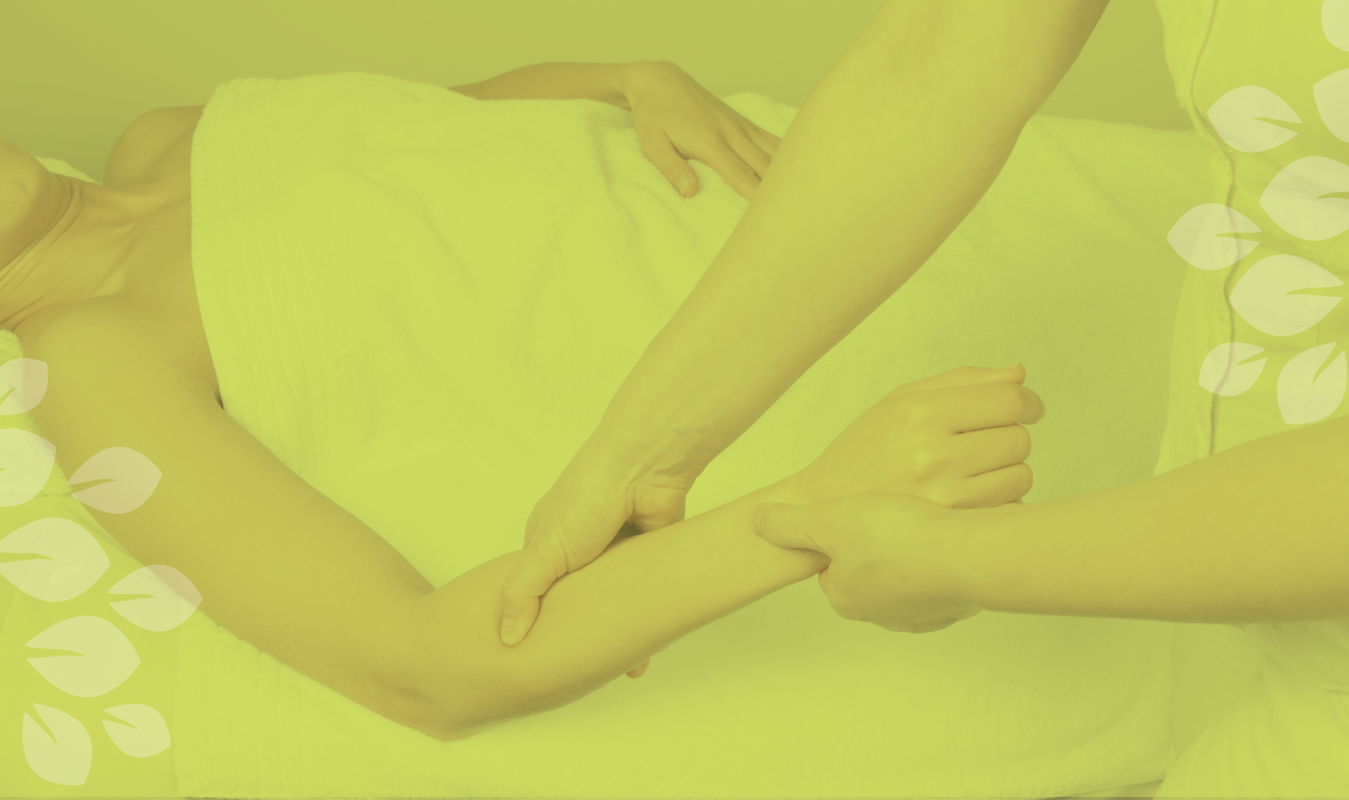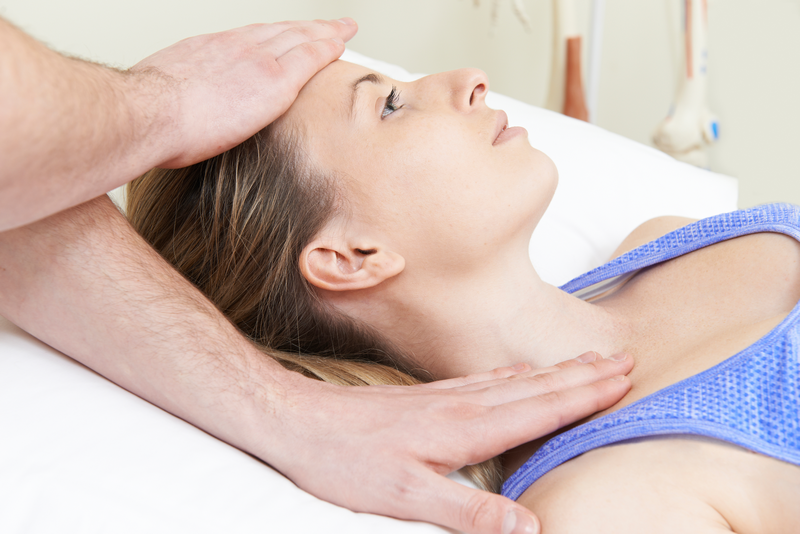
Osteopathy

Osteopathy recognizes the important link between the structure of the body and the way it functions. Osteopaths focus on how the skeleton, joints, muscles, nerves, circulation, connective tissue and internal organs function as a holistic unit.
Osteopathy is a system of assessing, diagnosing, treating and preventing a wide range of health problems. Osteopaths use a combination of movement, stretching, targeted deep tissue massage and manipulation of a person’s muscles and joints to improve function, relieve pain and aid recovery. The body has the ability to maintain itself and, by helping this process, an osteopath can promote restoration of normal function. The principle of osteopathy is that the wellbeing of an individual relies on the way that bones, muscles, ligaments, connective tissues and internal structures work with each other.
An osteopath will take time to understand their patient, and their unique combination of symptoms, medical history and lifestyle. This helps to make an accurate diagnosis of the causes of the pain or lack of function (rather than just assessing the site of pain), and from that, to formulate a treatment plan that will achieve the best outcome for the patient.
Osteopaths are commonly known for treating back pain, joint pain of knee, elbow, shoulder, neck, foot, ankle and postural problems and correction including changes due to pregnancy, caused by driving or work strain, repetitive injuries, arthritis pain and sports related injuries. Osteopathic patients include the young, older people, manual workers, office professionals, pregnant women, children and sports people.
If you want to find out more, any registered osteopath will be happy to talk to you about your health and how you may benefit from osteopathic treatment.
Osteopaths frequently work alongside other health professionals, such as GPs, nurses and midwives as well as alternative medical practitioners (e.g. naturopaths, acupuncturists, massage therapists). Osteopathy works well to complement other medical interventions including surgery and doctors.


Osteopaths are trained to check for signs of serious medical conditions they cannot treat. In these circumstances, they will inform you of what they believe is the problem and refer you to see your GP or hospital for further investigations.
Osteopaths are regulated by the Osteopathic Council of Ireland. The minimum qualification for an osteopath is completion of a five year degree, which includes 1000 hours of supervised clinical practice. Many osteopaths go on to study post graduate qualifications in specialized areas of interest. They must then continue to update and expand their knowledge by logging a minimum of 30 hours per year of continuing professional development.

